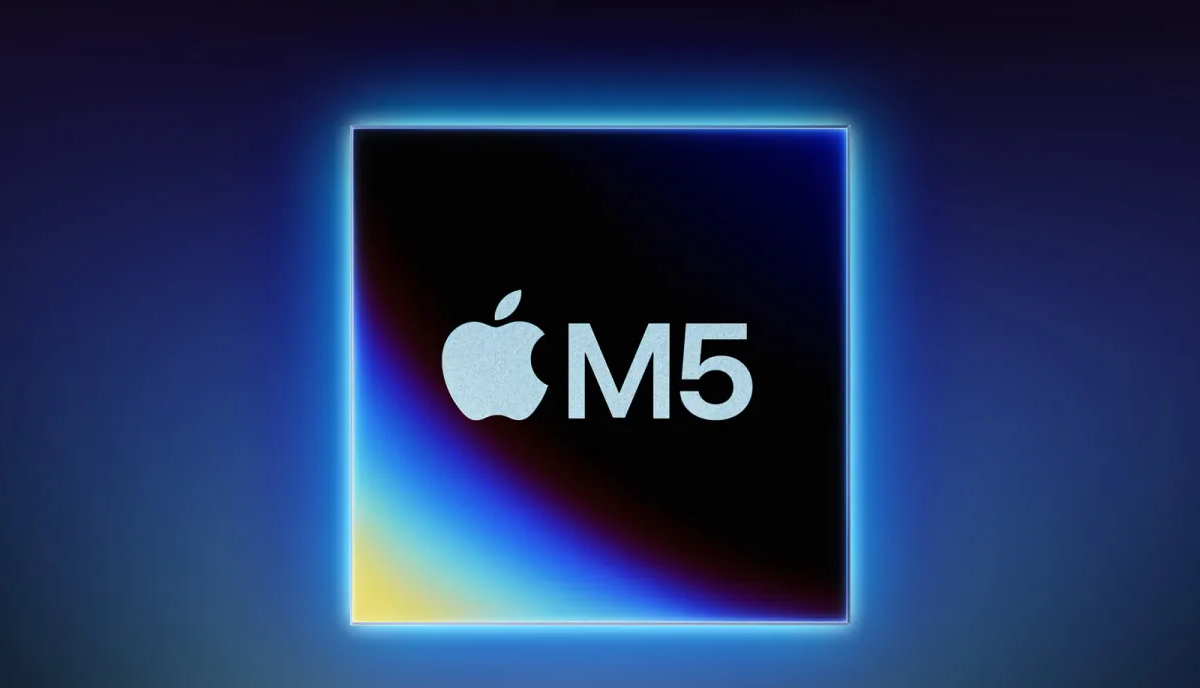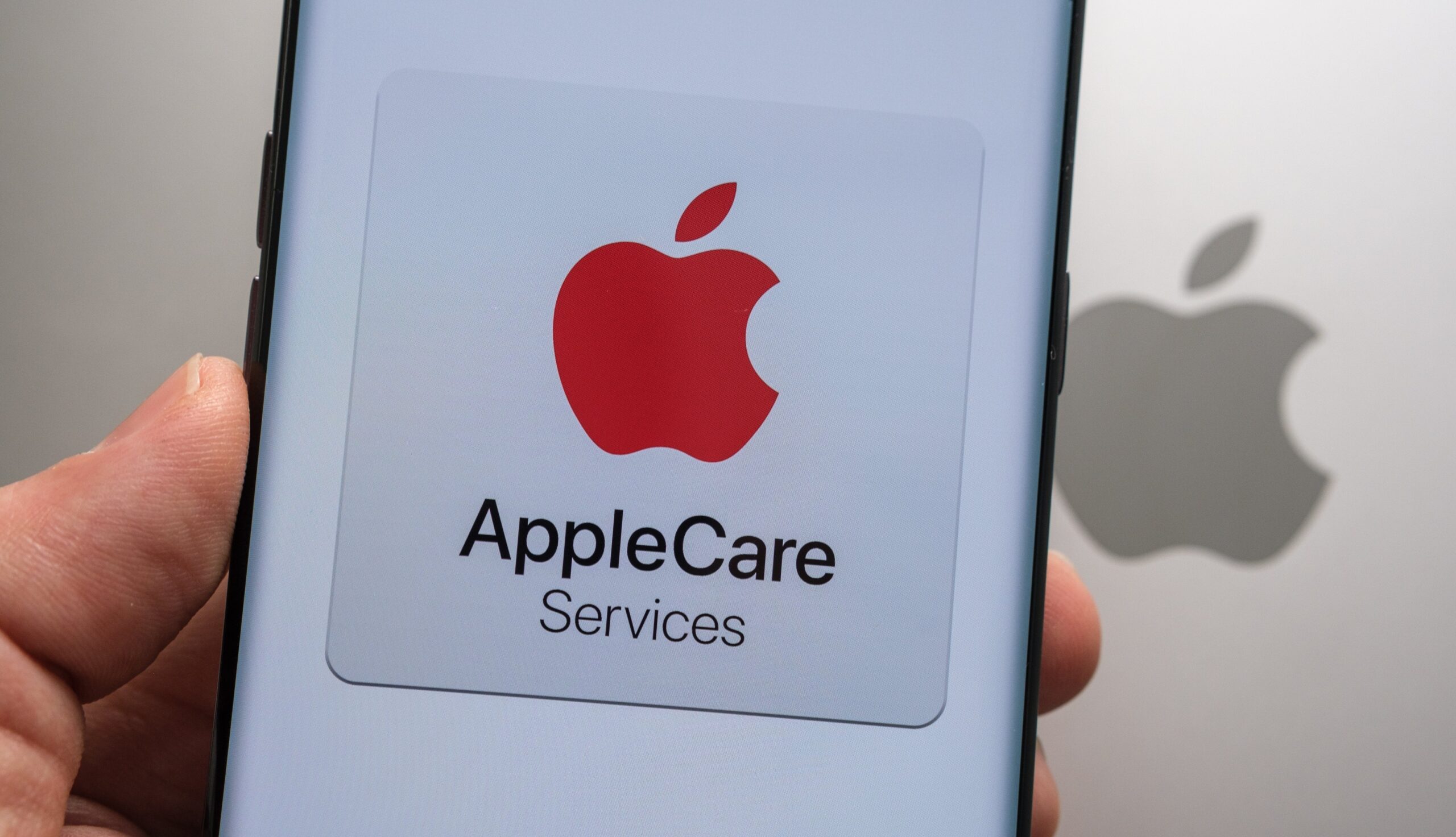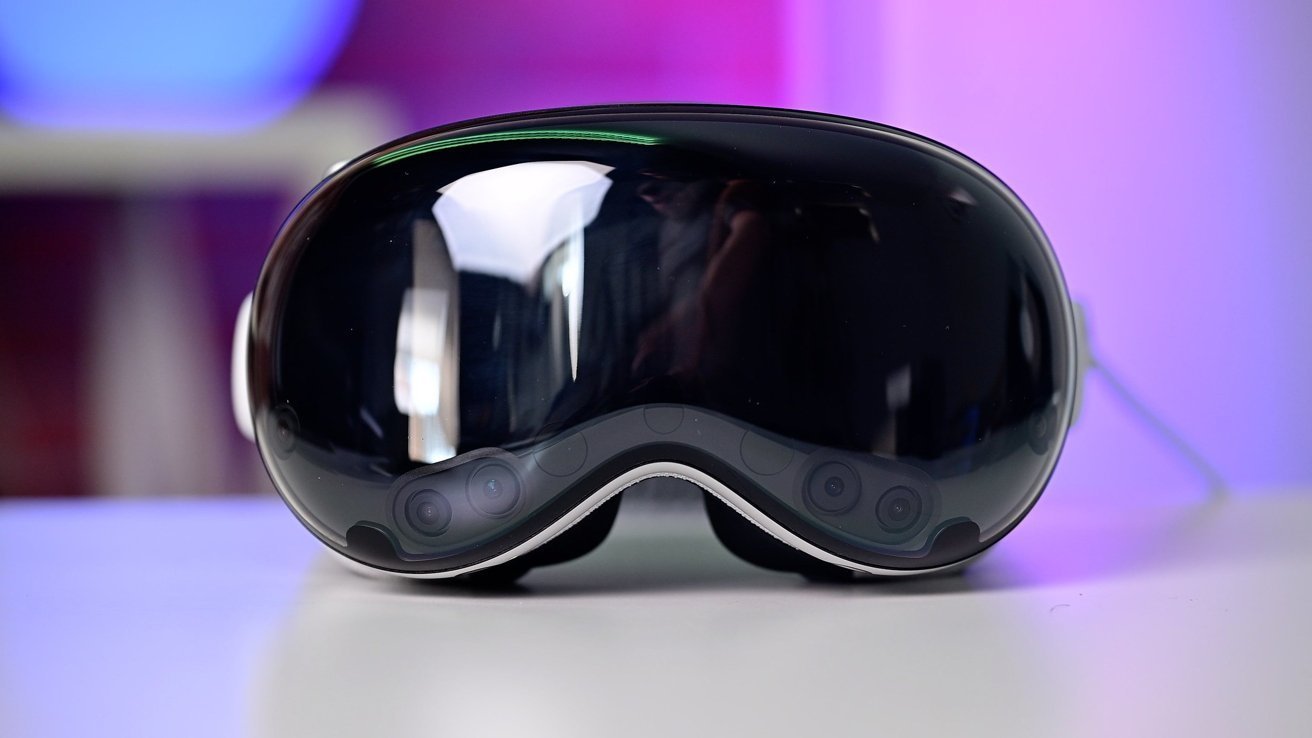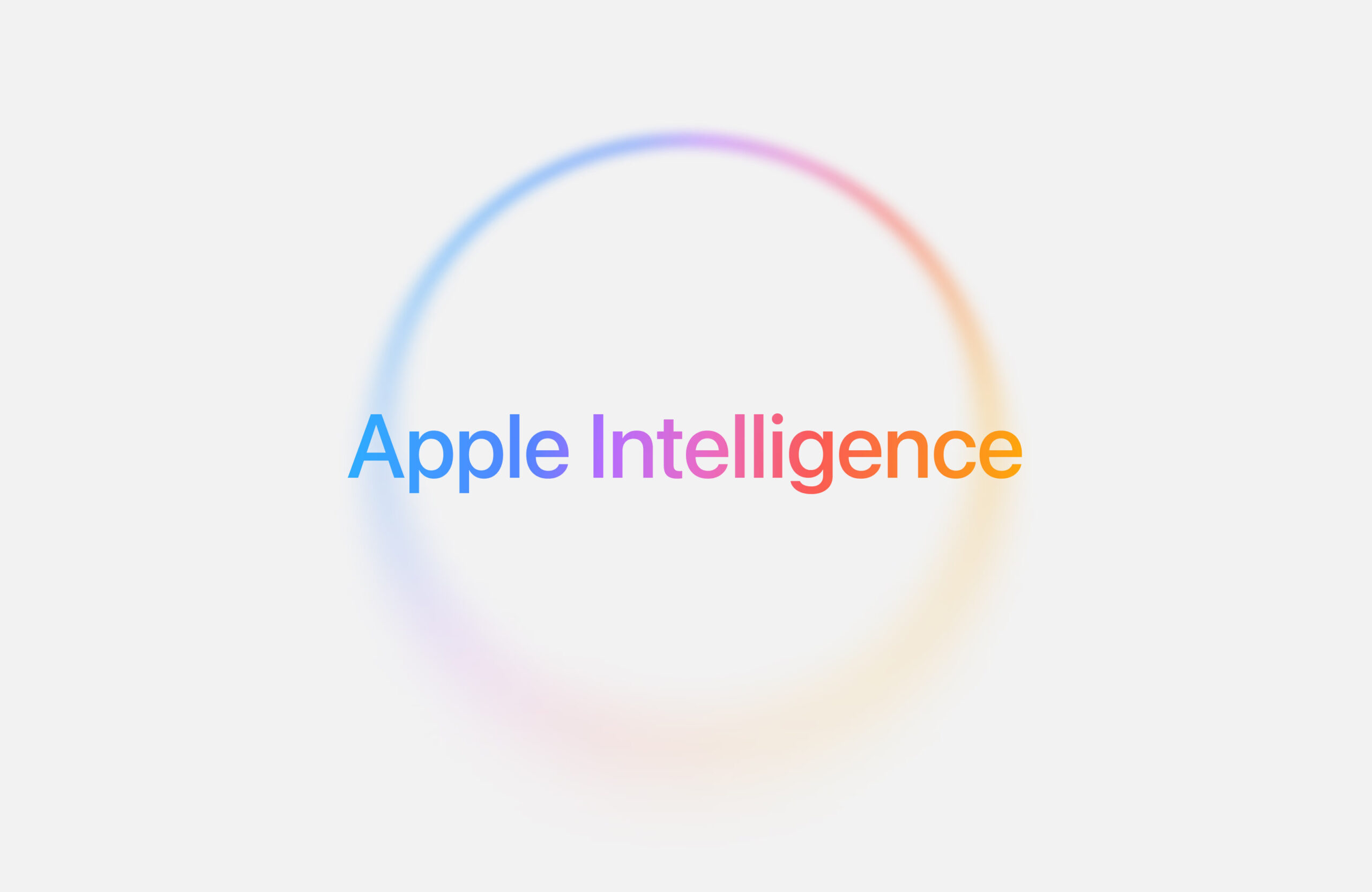Apple is getting ready to surprise us with new gadgets next week. Here’s what you can look forward to:
iPhone SE 4
The next iPhone SE is finally getting an update after a few years. Here’s what’s new:
- A beautiful screen that goes from edge to edge
- Easy face unlock without a home button
- Fast A18 chip inside
- Charging with USB-C
- More memory for smoother use
- Works with Apple’s new smart features
- A 48MP camera for great photos
- Its own 5G connection for faster internet
Even though it might cost a bit more than before, starting at about $499, this iPhone SE will be a great choice for many people.
Powerbeats Pro 2
Also coming soon are the new Powerbeats Pro 2. These have been spotted on some famous athletes and are expected to hit the market very soon. They’ll come in cool new colors like purple, orange, and light brown. Plus, they’ll have a heart-rate sensor, just like the upcoming AirPods Pro 3.
Surprise Launches?
There might be even more surprises:
- M4 MacBook Air: With current models running low in stores, the new version might be just around the corner.
- M3 iPad Air: Stocks are low, which could mean an update is coming sooner than expected.
- 11th Generation iPad: An update to the basic iPad model could be on its way too.
Big Week for Apple?
With all these possible new gadgets, and whispers of the next iOS update, next week could be packed with announcements. Apple might even do a series of reveals like they did last fall with their new Macs. This approach was a big success, so fingers crossed they do it again.
It’s shaping up to be an exciting time for Apple fans. Stay tuned for what could be a very interesting week!






